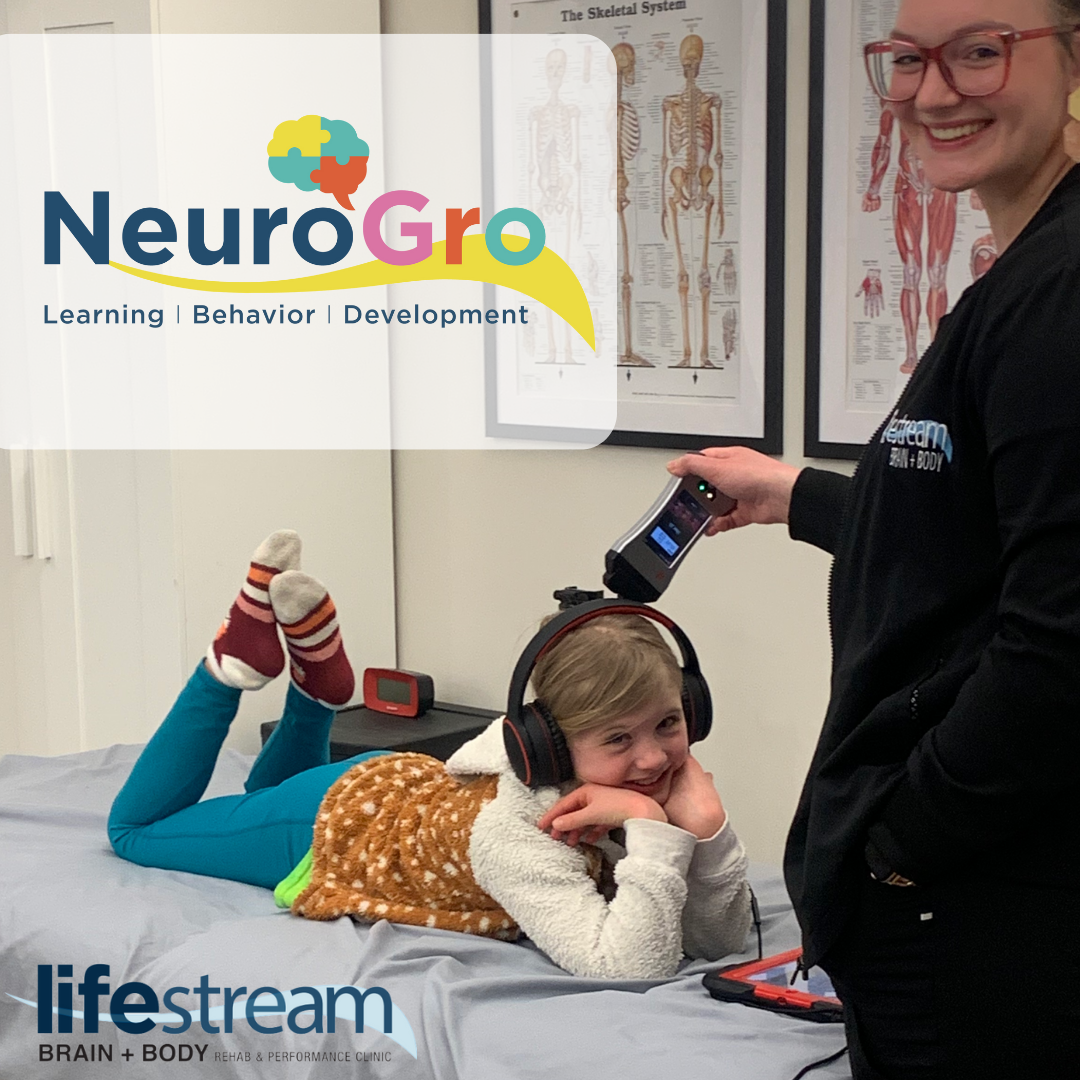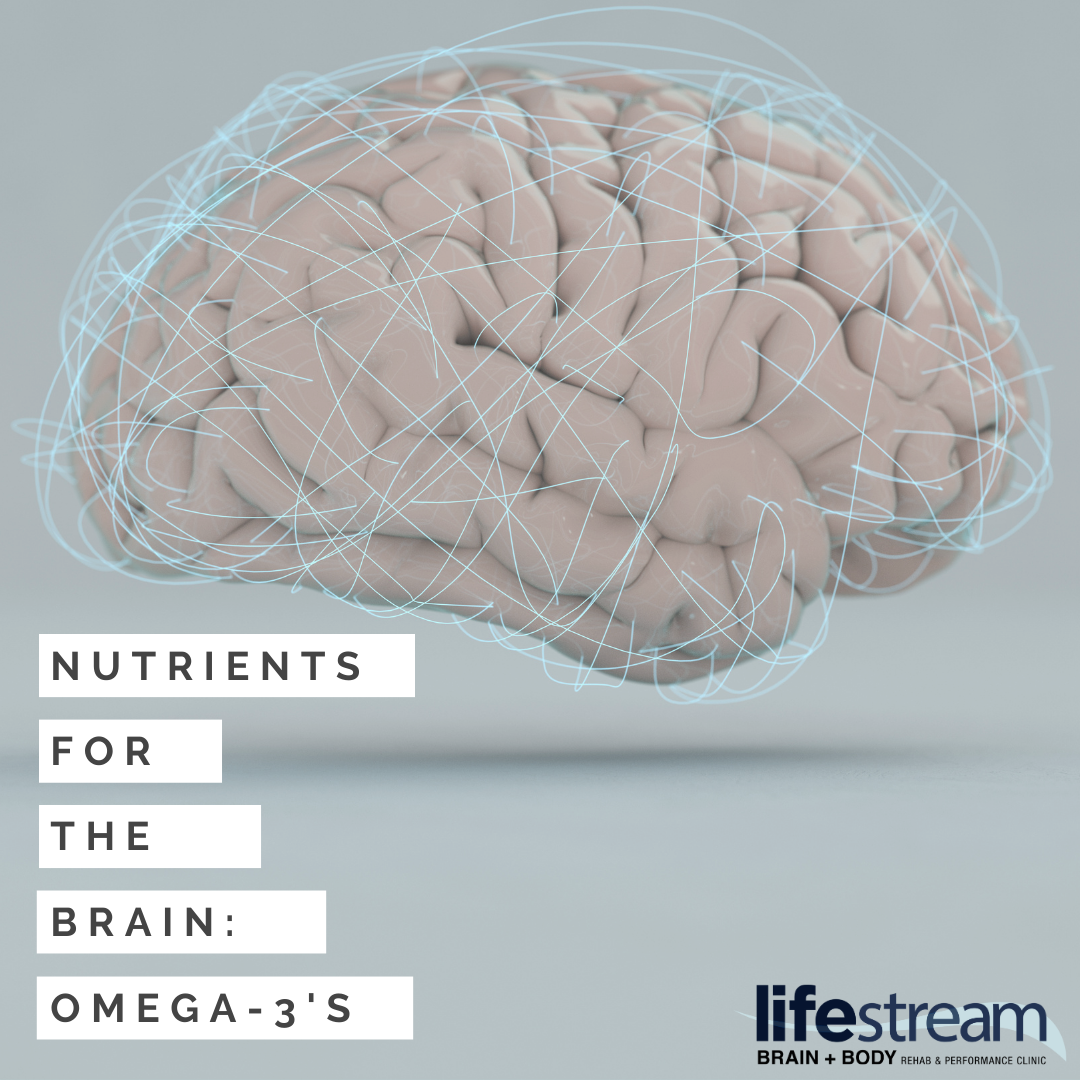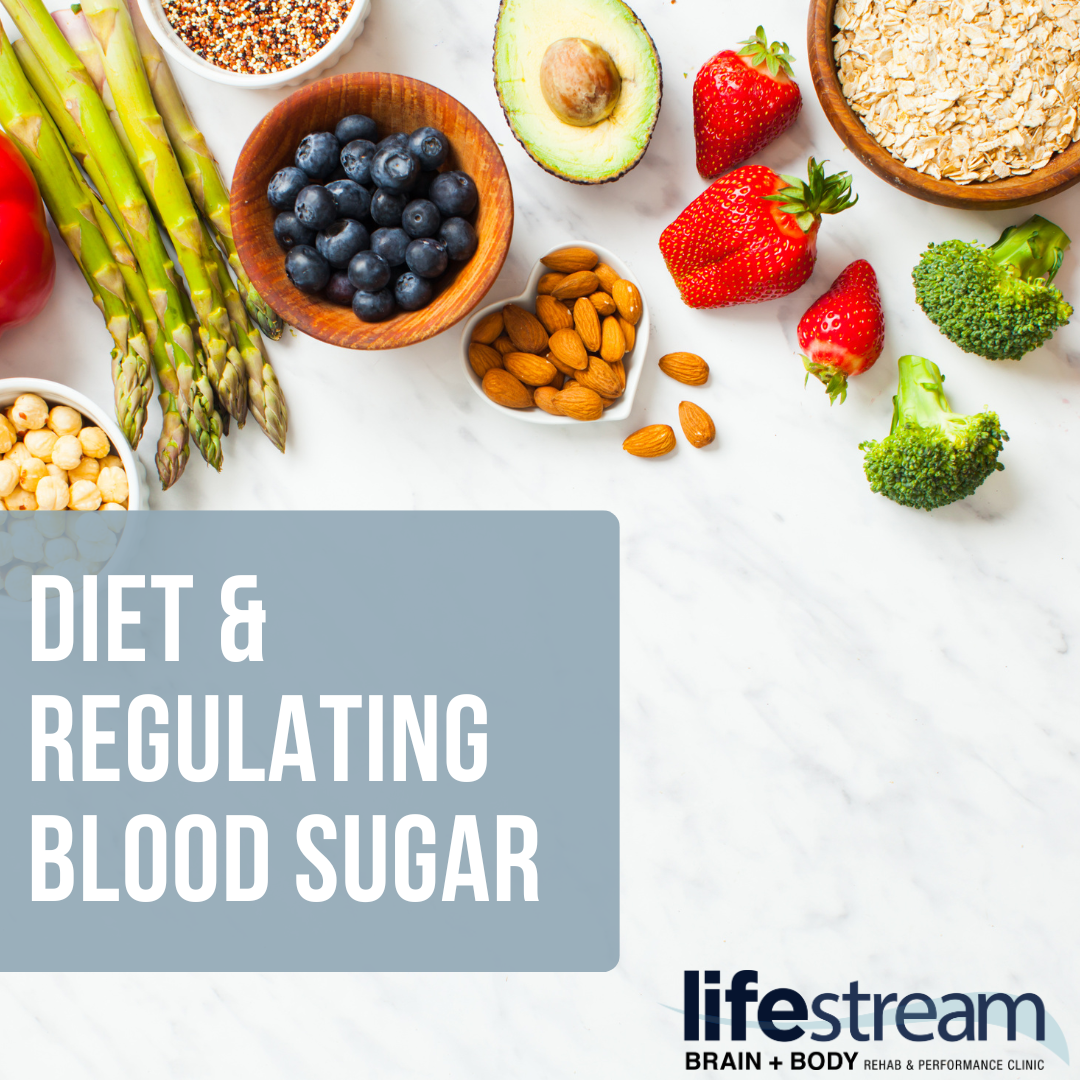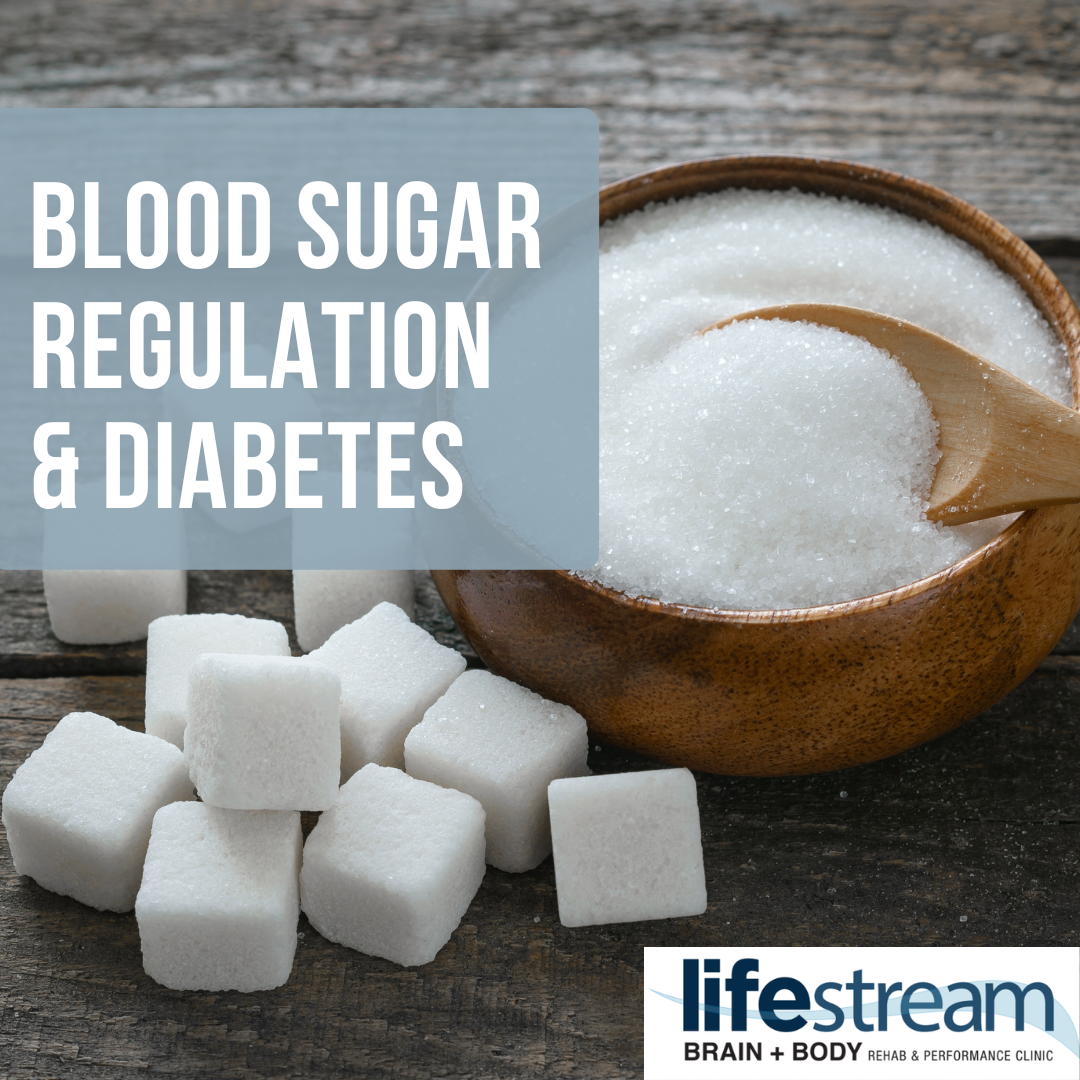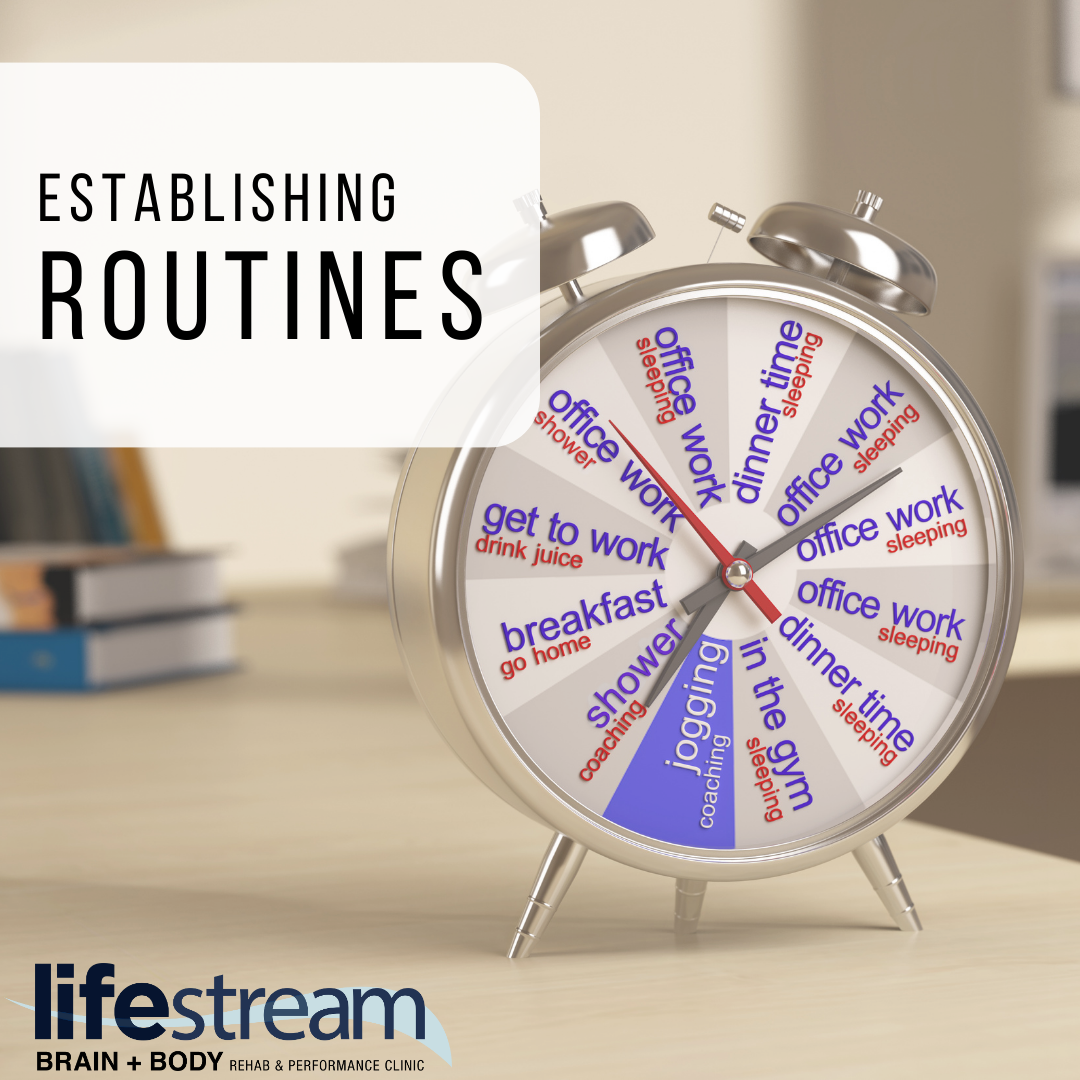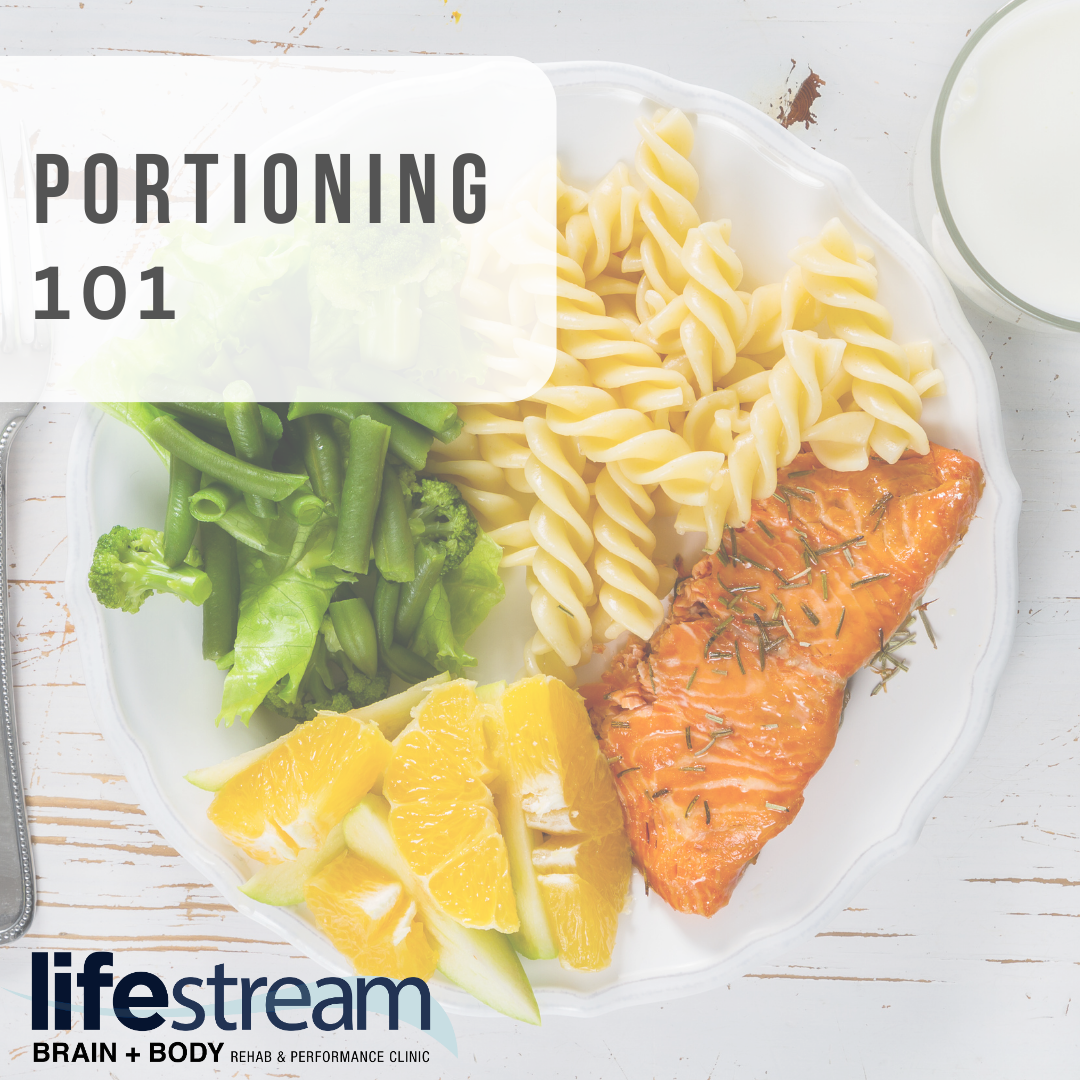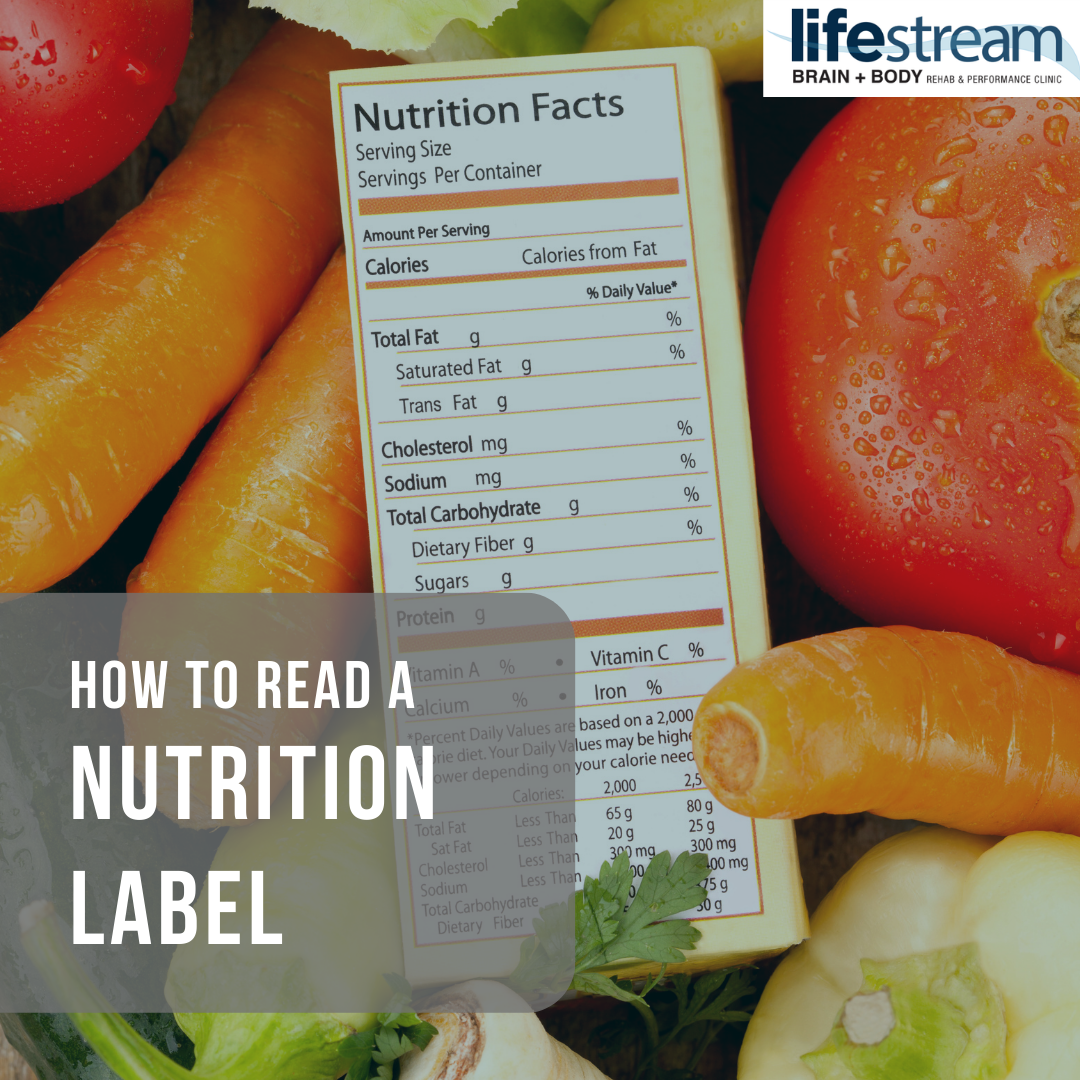What causes diabetes? Why is blood sugar regulation so important?
To answer these questions, we are going to talk about sugar, or more specifically glucose, its role in the body, how the body controls the amount of glucose in the blood, and how dys-regulation causes insulin resistance and then ultimately, diabetes.
First, we will establish some base knowledge about what kinds of carbohydrates exist and what happens when we eat them. There are several kinds of carbohydrates categorized by their structure and how quickly they get digested and absorbed from the GI tract into the blood stream. Simple carbs are small molecules made of one or two sugars and are quickly broken down and absorbed. Complex carbs have three or more sugars linked together and are therefore more complex in structure and slower to digest. Fiber is a complex mesh of carbs that cannot be digested by the enzymes made in the human body and pass through without getting absorbed. They don’t change your blood sugar directly; however, they work to slow down the absorption of other sugars present at that time. Usually a carb-rich food such as pasta or a piece of pizza has several kinds of carbohydrates all getting digested at once. However, all carbs, once fully digested are broken down into three kinds of sugars: glucose, fructose, and galactose. These sugars are absorbed and enter your bloodstream and head right to the liver where the fructose and galactose gets converted into glucose. Once glucose enters the blood, insulin is released from the pancreas which allows glucose to enter into the cells to be used as energy. (Note: Keep in mind that glucose is not the only thing that controls the release of insulin, other substances can as well, but for this purpose, we are talking about glucose’s control of the release of insulin). Foods richer in complex carbs and fiber will help to slow the digestion and therefore the absorption of the sugars in to the blood which allows insulin to be released and offered to the cells steadily instead of all at once.
Glucose is the preferred source of energy for most of the cells in your body. It is necessary to function and live. Your body will make its own glucose if it doesn’t get supplied (during times of fasting or starvation) or it will adapt to use other nutrients for energy such as fats or proteins. Glucose in the cells in the right amounts is not the problem. The problem is when there is excess glucose in the blood or inside the cells. Persisting “hyperglycemia” or too much glucose in the blood can cause damage and disease progression to occur. Too much glucose inside the cells can also cause problems as well.
Let’s talk now about diabetes as a disease and how it can develop…
There are two main types of diabetes: type 1 and type 2. Type 1 diabetes is an autoimmune disease in which a person’s immune cells attack the cells in the pancreas that secrete insulin. Therefore, someone with type 1 diabetes produces little or no insulin and must regularly provide their body with insulin. For individuals with type 2 diabetes, the issue lies in the cells in the rest of your body that don’t respond to insulin like they should. For the purpose of this post, we are going to mainly be talking about type 2 diabetes as a lot of the risk associated with type 2 is lifestyle related.
Before progressing to type 2 diabetes, a condition called insulin resistance usually occurs first. Although the cause is not completely understood, there are several mechanisms in other cells in the body that are dependent on insulin to supply it with energy that can get disrupted or impaired as a result of chronic high blood sugar. This causes a further increase in blood glucose because the cells are not taking the glucose from the blood like they should when insulin is present. As a result of continual high blood glucose, the body continues producing more insulin to try to get it lowered. Eventually, the cells in the pancreas that make insulin can get stressed and eventually die. This further decreases the body’s ability to make insulin leading to bigger increases in blood glucose. Long-term consequences of high blood glucose are damage to tissues and proteins in the body such as your heart, kidneys, brain, eyes, and nerves, and increases to your risk for developing other diseases such as cardiovascular disease, neuropathy, and premature death. Pre-diabetes is usually diagnosed before diabetes and is based on various tests that measure the glucose levels in the blood.
You might be asking what can be done to prevent this?
Lifestyle (diet, physical activity, stress levels, etc.) is not the only factor but is a large factor in the development of type 2 diabetes. Other factors such as body weight, genetics (family history of diabetes), age, race, and ethnicity can impact your risk for developing type 2 diabetes.
Current evidence is showing promising outcomes with lifestyle interventions in preventing or delaying the development of diabetes. Interventions with diet and exercise particularly have significantly decreased diabetes risk.
Here are some dietary and lifestyle considerations for diabetes prevention:
Diet composition:
Like we discussed above, diet composition itself can affect how quickly your blood sugar rises and therefore how hard your pancreas has to work in order to make enough insulin. If you eat a diet composed of lots of simple carbs and little complex carbs and fiber, then the carbs that you eat will cause a sharp rise in blood sugar and a sudden need for lots of insulin. This can be taxing on your pancreas long-term. Eating carb-rich foods high in fiber and complex carbs like whole grains, some fruits, and most vegetables will help to slow the absorption of sugar into the blood to prevent a sharp rise in blood sugar.
Eating a lower carb diet is usually advised for those with pre-diabetes or diabetes to help manage the disease and their medications. It is not necessary for those just trying to prevent the development of diabetes as it may not be sustainable long-term. Choosing the right kinds of carbs and the composition of the rest of your meal is more important.
In addition to fiber, protein and fat are complex molecules that help to slow the digestion and absorption of sugars. Choosing a meal or snack that is balanced with whole grains, fruits, healthy fats, and protein will likely help balance your overall blood sugar.
Helpful:
– Complex carbs like whole grains, fruits, and vegetables
– Fats, proteins, and carbs at every meal and snack
Not as helpful:
– Too many simple sugars in one setting
– A lot of simple sugars, or even complex carbs without protein or fats
Amount of Food:
Too much overall energy intake can lead to increases in body weight which is a risk factor for developing diabetes. Having excess energy, in the form of carbs, proteins, or fats, can result in the same response of insulin resistance in the body’s cells.
Helpful:
– Eating the right amount of calories
Not as helpful:
– Eating too many calories overall
Physical Activity:
Regular exercise has been shown to improve blood sugar regulation and control in individuals, help prevent weight gain, and maintain overall energy balance. It is good to start slow and gradually add in more exercise in order to prevent injury. The currently recommendations are 150 minutes of exercise per week, or just 30 minutes, 5 times a week.
Other lifestyle factors:
There are many other factors such as stress (positive or negative), illness, dehydration, etc. that can influence your blood sugar. Overall, do your best to manage and control what you can and let everything else go. Worrying about things you cannot control is not beneficial!
Conclusions:
While there are so many factors at play in the development of type 2 diabetes, weight loss for overweight individuals, adequate exercise, and a balanced diet has been shown to be helpful to decrease your risk for developing type 2 diabetes. Seek the advice and counsel of your healthcare provider to figure out what you can do today to help lower your risk for developing diabetes.
Sources:
https://www.eatright.org/health/wellness/diet-trends/what-is-glycemic-index
https://www.ncbi.nlm.nih.gov/books/NBK459280/
https://pubmed.ncbi.nlm.nih.gov/8116552/
https://www.ncbi.nlm.nih.gov/pmc/articles/PMC7387426/
https://www.ncbi.nlm.nih.gov/pmc/articles/PMC2996922/#R10
https://pubmed.ncbi.nlm.nih.gov/30317615/
https://www.ncbi.nlm.nih.gov/pmc/articles/PMC4404204/#R11
https://www.ncbi.nlm.nih.gov/pmc/articles/PMC2738809/#B18
https://www.niddk.nih.gov/health-information/diabetes/overview/what-is-diabetes#:~:text=Diabetes%20is%20a%20disease%20that,from%20the%20food%20you%20eat.
https://www.cdc.gov/diabetes/basics/diabetes.html
https://www.ncbi.nlm.nih.gov/pmc/articles/PMC4219937/
https://diabetesjournals.org/diabetes/article/54/suppl_2/S97/12821/Mechanisms-of-Pancreatic-Cell-Death-in-Type-1-and
https://www.niddk.nih.gov/health-information/diabetes/overview/tests-diagnosis
https://www.ncbi.nlm.nih.gov/pmc/articles/PMC6125024/
https://pubmed.ncbi.nlm.nih.gov/31451269/
https://www.ncbi.nlm.nih.gov/books/NBK585052/
https://extension.usu.edu/nutrition/research/controlling-blood-glucose-levels-through-diet
https://www.merckmanuals.com/professional/endocrine-and-metabolic-disorders/diabetes-mellitus-and-disorders-of-carbohydrate-metabolism/diabetes-mellitus-dm?query=Blood%20sugar%20regulation
https://www.ncbi.nlm.nih.gov/pmc/articles/PMC5898168/
https://www.cdc.gov/physicalactivity/basics/adults/index.htm



